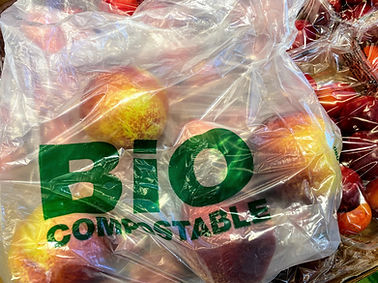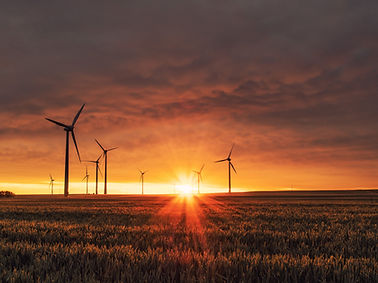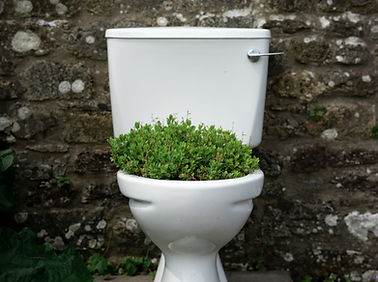
The Biological Cycle
Circular economy biological cycle is a system that focuses on designing products and systems that can be safely returned to the natural environment. The goal is to create a more sustainable and regenerative world by promoting the natural cycle of decomposition and regeneration.
10 ways to change the world with the biological loop:

01
The use of composting as a means of recycling organic waste is a great example of the biological cycle in action. Composting allows for the natural decomposition of waste materials, which can then be used to enrich soil and create new resources.
02
The use of biodegradable materials in the production of goods and packaging can help to reduce waste and promote the biological cycle. These products are designed to break down naturally and safely in the environment, reducing the need for landfill space and minimizing pollution.


03
Biomimicry is the process of designing products and systems that mimic nature. This approach to design can help to create sustainable and efficient products that are fully compatible with the biological cycle.
Credit: Google Earth /Matt Farmer.
04
Reducing food waste is another way to promote the biological cycle of circular economy. By reducing food waste, we can decrease the amount of organic waste that ends up in landfills and increase the availability of organic materials for composting and other forms of recycling.


05
Closed-loop agriculture is a system that mimics natural ecosystems, where waste materials are used as a resource for the production of new crops. By integrating waste into the agricultural process, we can reduce the amount of waste that ends up in landfills and promote the natural cycle of decomposition and regeneration.
06
Anaerobic digestion is a process that uses microorganisms to break down organic waste materials in the absence of oxygen. This process can generate biogas, which can be used as a source of renewable energy. The remaining solid waste can be used as compost or fertilizer.


07
Bioenergy refers to the use of organic materials as a source of renewable energy. This includes the production of biofuels, which can be used to power vehicles and other forms of transportation. Bioenergy can also be generated through the use of biogas and other forms of organic waste.
08
Ecological sanitation refers to the use of sustainable and environmentally-friendly methods of waste management, such as composting toilets and other systems that promote the safe and sanitary reuse of human waste. This approach can help to reduce pollution, improve public health, and promote the biological cycle of circular economy.


09
Green chemistry is a process of designing chemical products and processes that minimize the use of hazardous materials and reduce waste. This approach to chemistry can help to promote the biological cycle by reducing pollution and promoting the use of sustainable and biodegradable materials.
10
Industrial ecology is a system that mimics natural ecosystems, where waste materials from one industry are used as a resource by another industry. This approach can help to reduce waste, promote the use of renewable resources, and create a more sustainable and efficient industrial system.
